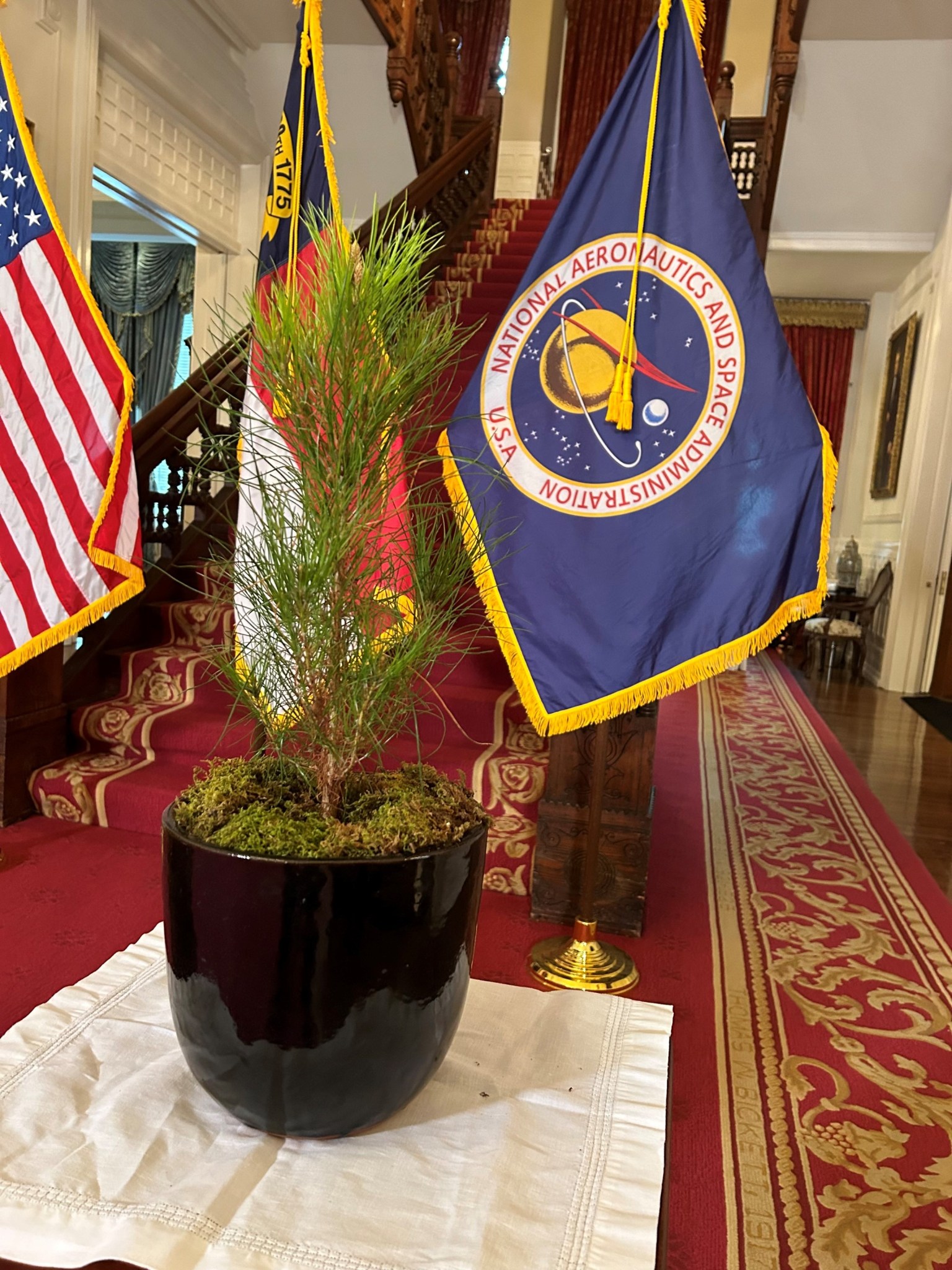
After careful review of hundreds of applications, NASA has selected organizations from across the country to receive 'Moon Tree' seedlings that flew around the Moon on the agency's Artemis I mission in 2022, to plant in their communities. Notifications to selected institutions will be made in phases, with the first beginning this spring, followed by notifications in fall 2024, spring 2025, and fall 2025.
NASA chose institutions based on criteria that evaluated their suitability to care for the various tree species and their ability to maximize educational opportunities around the life and growth of the tree in their communities.
"A new era of Moon trees will one day stand tall in communities across America," said NASA Administrator Bill Nelson. "NASA is bringing the spirit of exploration back down to Earth because space belongs to everyone. The Artemis Generation will carry forth these seedlings that will be fertile ground for creativity, inspiration, and discovery for years to come."
To commemorate the Artemis I Moon Trees, Artemis II NASA astronaut Christina Koch visited her home state of North Carolina and participated in a tree dedication ceremony at the Governor's Mansion on April 24. She will be honored by her alma mater White Oak High School, one of many Moon Tree recipients, on Thursday. Since returning to Earth, the tree seeds have been germinating under the care of the USDA (United States Department of Agriculture) Forest Service, as NASA's Office of STEM Engagement's Next Generation STEM project and the agency's Office of Strategic Infrastructure's Logistics Management division worked to identify their new homes.
"Together, NASA and the Forest Service will deliver a piece of science history to communities across our nation," said Mike Kincaid, associate administrator, NASA's Office of STEM Engagement. "Through this partnership, future explorers, scientists, and environmentalists will have the opportunity to nurture and be inspired by these Artemis artifacts in the community where they live, work, and learn."
The Artemis I Moon Trees, rooted in the legacy of the original Moon Trees flown by NASA astronaut Stuart Roosa during Apollo 14, journeyed 270,000 miles from Earth aboard the Orion spacecraft. A diverse array of tree species, including sycamores, sweetgums, Douglas firs, loblolly pines, and giant sequoias, were flown around the surface of the Moon. The first batch of seedlings will ship to almost 50 institutions across 48 contiguous U.S. states.
"What an incredible journey these future Moon Trees have already been on, and we're excited for them to begin the final journey to permanent homes on campuses and institutions across the country," said Forest Service Chief Randy Moore. "We hope these trees will stand for centuries to come for the public's enjoyment, inspiring future generations of scientists and land stewards."
Moon Tree recipients will be invited to share their efforts to engage with the public and K-12 learners at quarterly virtual gatherings beginning in summer 2024. Information on educational resources and activities available to educators to share the story and science of Moon Trees with their students can be found online.
Next Gen STEM is a project within NASA's Office of STEM Engagement, which develops unique resources and experiences to spark student interest in science, technology, engineering, and math, and build a skilled and diverse next generation workforce.
For the latest NASA STEM events, activities, and news, visit:






